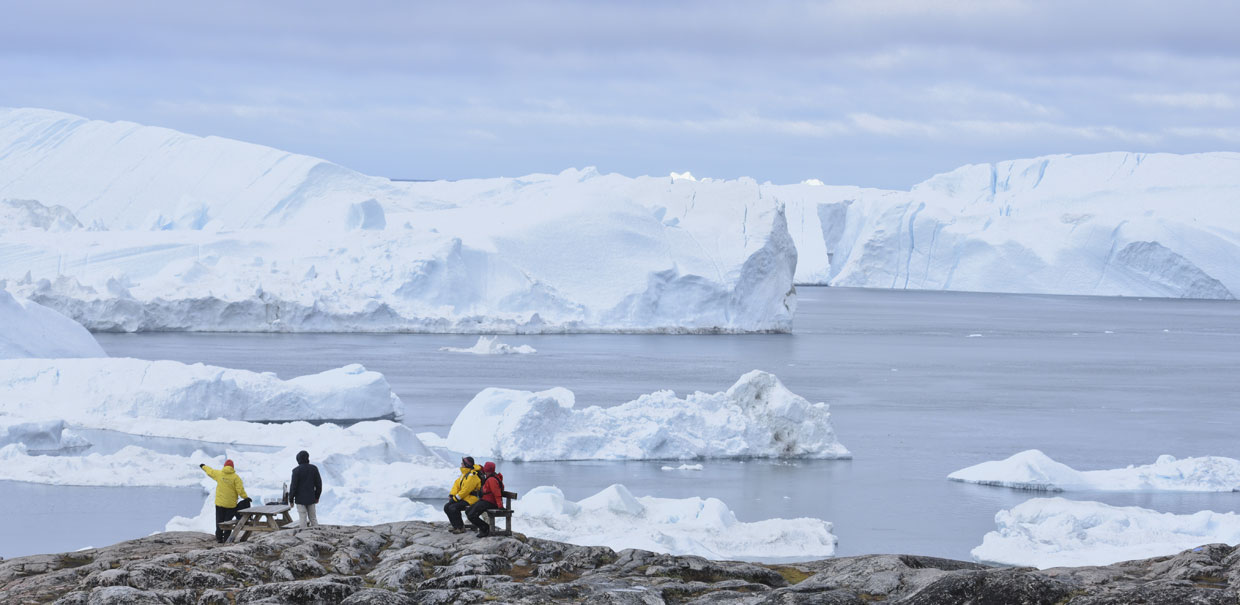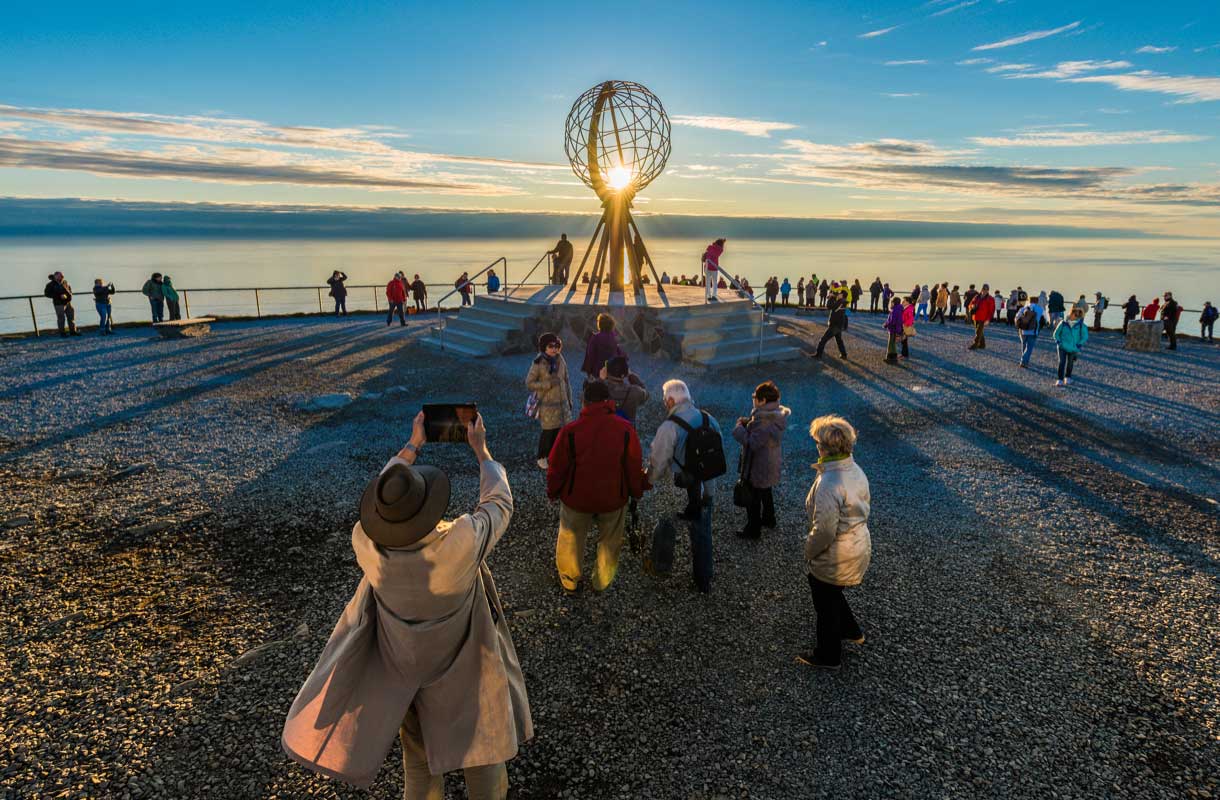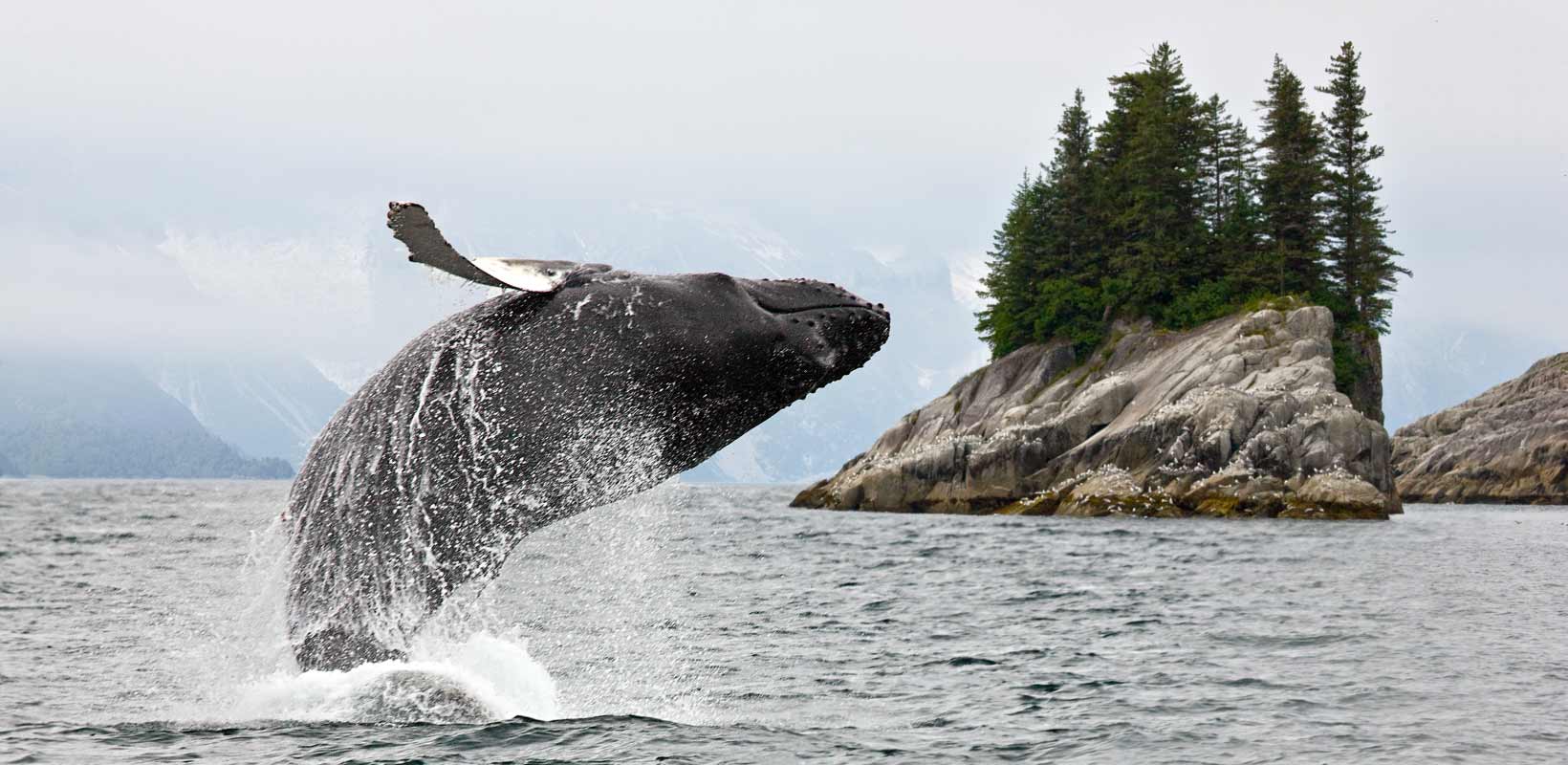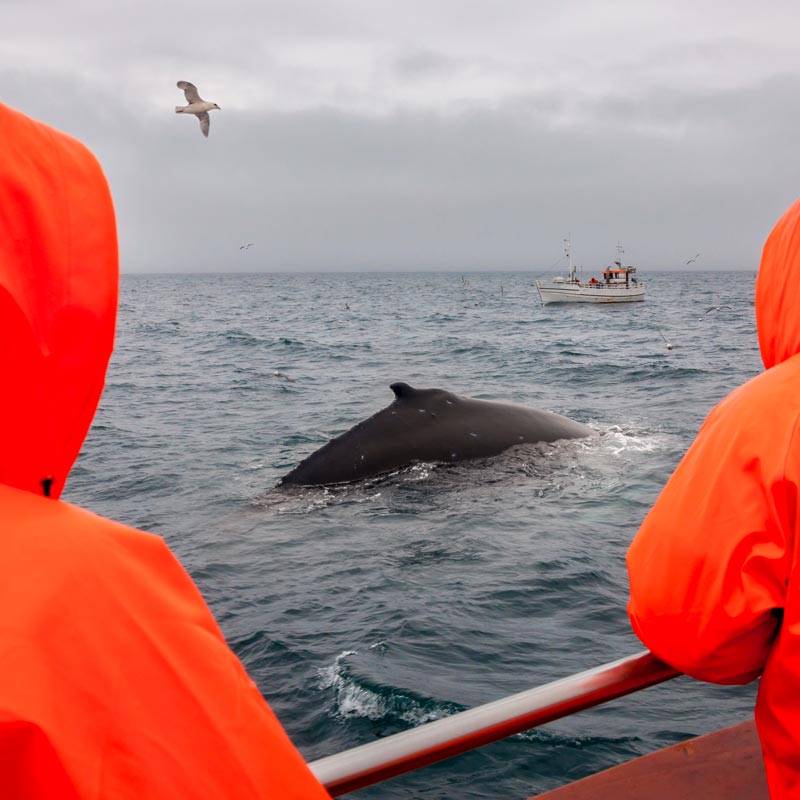Tourists are flocking to the Arctic specifically to see endangered environments. This trend for “Doomsday tourism” - the rush to see fragile environments before they're gone - adds to the problem. It encourages more flying, with its associated greenhouse gases, and more visitor numbers in fragile regions, causing further environmental damage.

Doomsday tourism
The Ilulissat Icefjord in Greenland is an example of “doomsday tourism”. It’s an easily accessible place to observe one of the fastest retreating glaciers in the world – 15 kilometres in the last four years. Sermeq Kujalleq glacier has become an advert for global warming, losing 70 cubic kilometres of ice a year – before 2002 it was half this amount. It is termed the ‘ground zero’ of climate change and attracts visits from politicians and celebrities, as well as tourists.
Find out more along with advice for visitors
- Ilulissat Icefjord at the Geological Survey of Denmark and Greenland
- Plan your trip at Visit Greenland
- Ilulissat Icefjord at Unesco World Heritage
Where else?
- Can you think of any other places in the world which could be considered examples of Doomsday tourism?
More or less?
- Do you think tourism or climate change is having the greater effect on the Arctic environment? See if you can find any evidence to support your view.
Aaju talks about tourist merchandise
Aaju from Nunavut talks about sealskin products as a source of income for Inuit people in the Canadian Arctic.
Tourism can have positive and negative impacts on local environments, and it is shaping the development of communities in the region. Although encouraged, it is important to balance the businesses interests of those involved in tourism, with the wildlife, environment, and culture of the region.
Ina Helena Oslen talks about her work as a summer tour guide


Hi, my name is Ina, and I work as a tour guide during the summer in a town called Honigsborg. Honigsborg is a small city on an island called Magrea in Finnmark the northern most county in Norway. You might have heard about the North Cape and that is mostly where I take my visitors. I work as a guide during the summer because in the winter time I study economy.
During the summer months over 200,000 tourists visit the North Cape every year. I love working as a guide because I get a chance to show people from all around the world the most beautiful island in the world. People visiting Honigsborg mostly arrive by cruise ship, bus or the coastal steamer. Every day me and my colleagues and I take visitors from the coastal steamer or cruise ships to the North Cape. On the way there they get a chance to see the beautiful nature surrounding us. Up here we have an Arctic climate.
When we drive to the North Cape people are always stunned by the fact that we don’t have any trees. If you want to see some trees you just have to go back 150km further south. The tourists also get a chance to see the reindeer. During the summer months the reindeer visit the island because the pasture here is very good for the reindeer. They arrive in April and leave in September.
During the winter we have a lot of snow and because of that they can not find any food and therefore must leave for an area near the Finnish border to find food to survive. The visitors on my tours also get the chance to meet some Sami people. The Samis are the native people of Norway and their culture is based on the nature and what it can provide for them. They own the reindeer in Magrea and they follow them here in the summer and back again when winter is on its way.
People have been visiting the North Cape for decades because they want to experience the Arctic and the most northern part of Europe. But I’ll tell you one thing, North Cape is not the most northern part of Europe, it is in fact a small part about 150m to the north. But the North Cape has always been the symbol of the end of the world and that is because of its spectacular view over the ocean.
The next stop after the North Cape is the North Pole. If you don’t get to meet me as a guide, I might be the one serving you at the northernmost pub called The Brewery. I hope to see you in Honigsborg soon.
Ina Helena Oslen
Whale watching
Iceland is one of the countries that offers whale watching holidays, which are becoming very popular, attracting many tourists. Numbers of tourists who come to watch the whales have been increasing steadily and the industry makes a considerable contribution to the economy. Boats are asked to approach the whales (or cetaceans, which includes dolphins) slowly and quietly maintaining a steady direction to make sure that the animals feel comfortable. Groups of cetaceans should never be split and boats should be careful not to frighten mothers and their calves. Cetaceans are magnificent creatures to see in their natural habitat and visitors to their world are asked to disturb them as little as possible.


More information about ecotourism
- The International Ecotourism Society
- Download and read Tourism in the Polar Regions from The International Ecotourism Society
Principled tourism
You have been asked to attend a forum of stakeholders for a discussion about the development of tourism in the Arctic. Work in groups with one member of the group each representing one of the following roles.
Download the role cards to help you to understand your role:
- Indigenous communities representative
- Conservation groups representative
- Government group representative
- Arctic scientific community representative
- Tourist companies representative
Q&A
Draw up a list of ten guidelines for tourism in the Arctic which represents the views of all the stakeholder representatives.
- The WWF International Arctic Programme actually facilitated a forum of interested stakeholders which resulted in the Ten Principles for Arctic Tourism. How far do your principles match the principles for Arctic tourism that were recommended by that forum?
Ten Principles for Arctic Tourism
- Make tourism and conservation compatible
- Support the preservation of wilderness and biodiversity
- Use natural resources in a sustainable way
- Minimise consumption, waste and pollution
- Respect local cultures
- Respect historic and scientific sites
- Arctic communities should benefit from tourism
- Trained staff are the key to responsible tourism
- Make your trip an opportunity to learn about the Arctic
- Follow safety rules
More detailed information on the Ten Principles
- WWF guidelines for tourists and tourism operators in the Arctic from the
Useful Links
- More information about Sweden’s ecotourism label Nature’s Best
- WWF Guidelines for tourists and tourism operators in the Arctic
- The Association of Arctic Expedition Cruise Operators, an Arctic equivalent of IAATO, provides guidelines for expedition cruise operators and obliges members to ‘operate in accordance with national and international laws’. The association is ‘dedicated to manage respectable, environmentally-friendly and safe expeditions to the Arctic.
- Download Linking Tourism and Conservation in the Arctic from the WWF
